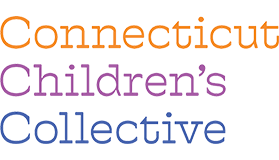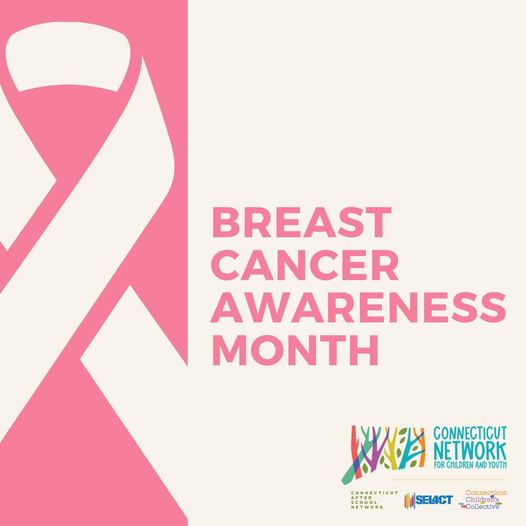October is Domestic Violence Awareness Month
National Domestic Violence Awareness Month (DVAM), observed in October, is a time to recognize victims and raise awareness about the devastating impact of domestic violence.
Domestic violence is a pattern of abusive behavior in any relationship used by one partner to gain or maintain power and control over another partner. This kind of abuse affects everyone – men, women, and children of all races, religions, and cultures – without prejudice.
To help prevent domestic violence, it is important to recognize the warning signs. Signs often begin subtly and worsen over time. While not all-inclusive, the following list may indicate potential signs of domestic violence.
- Isolation – Permission is needed before making plans or speaking to friends and family members. Victims may be forced to quit their jobs or drop out of school.
- Low Self-Esteem – Feeling deserving of the abuser’s violence, accepting fault for, and making excuses for their partner’s behavior.
- Unexplained Injuries – Bruises, cuts, scrapes, or even broken bones that are blamed on clumsiness or are in multiple stages of healing.
- Depression or Anxiety – Persistent feelings of hopelessness, fear of angering their partner, and fear of repercussions for seeking help.
If you are concerned that someone you care about is in an abusive relationship, the National Domestic Violence Hotline recommends the following approach:
- Express your concerns to your loved one in a gentle and non-judgmental way.
- Encourage participation in activities outside of the relationship with friends and family.
- Encourage outreach to people who can provide help and guidance, such as the phone number for the National Domestic Violence Hotline, 800-799-SAFE (7233).
- Continue to show your support regardless of the decisions made by your loved one.
For more information and guidance on helping someone who is experiencing domestic violence, contact the National Domestic Violence Hotline toll-free at 800-799-SAFE (7233). You can also contact your Component Employee Assistance Program for guidance and resources.
To find out more, please visit here.





